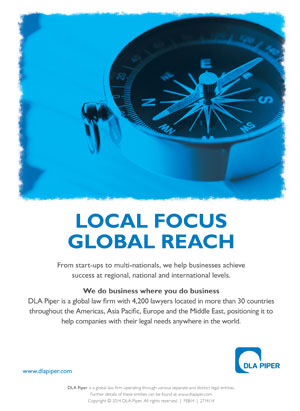Back in the ‘90s it was kind of funny to see the New York Lawyers show up in Silicon Valley in their suits only to be met by a receptionist in a Social Distortion T-shirt and clients pretty much dressed the same.
It was kind of a joke among the legal and tech press in those days and not much has changed apparently.
William Henderson, professor of law at Indiana University Maurer School of Law, cites age as one reason why large U.S. law firms are so out of sync with their clients – law firm leaders tend to be significantly older than the leaders in the corporations with which they work.
JDSupra writes that Four percent of AmLaw 100 leaders are Generation X, compared to 33 per cent of NASDAQ-traded companies. Another reason is the ownership structure – the absence of a public market under the Rule 5.4 prohibition on non-lawyer investors means that law firm owners and managers can’t fully monetise the enterprise value they create.
The result is that little enterprise value is created and lawyer/owners instead focus on maximizing this year’s net distributable income.
The BigLaw model worked very well for about a century, as U.S. law firms grew steadily with their clients. But today, law firms’ portion of corporate legal spending is no longer growing, as in-house lawyers, technology and NewLaw managed service shops such as United Lex and Axiom are lessening demand for traditional law firm services.
The best economic move for an equity partner in their fifties or sixties is to keep to the existing model with the dwindling but still substantial number of Baby Boomer senior in-house lawyers.
The result of this dynamic is that a large proportion of BigLaw is just tinkering at the margins of change, Professor Henderson says.
Short-term thinking
A law firm can become more cost-effective for clients in the short to medium term by reducing reliance on associates and shifting their leverage model to counsel, staff attorneys and non-equity partners.
But this model is not a carefully conceived business strategy and is disastrous in the longer term. Professor Henderson gives three interrelated reasons for this:
1) Law firm partners having little to no experience with executing a strategy.
2) Incentives within firms favoring revenue generation, leading to limited understanding among partners of changes occurring in the broader industry.
3) AmLaw 100 leaders increasing the size of their firms, without making them measurably better. Having many laterals makes sharing risk difficult; often maximizing this year’s distributable income becomes one of the few areas of consensus. Source: JDSupra








